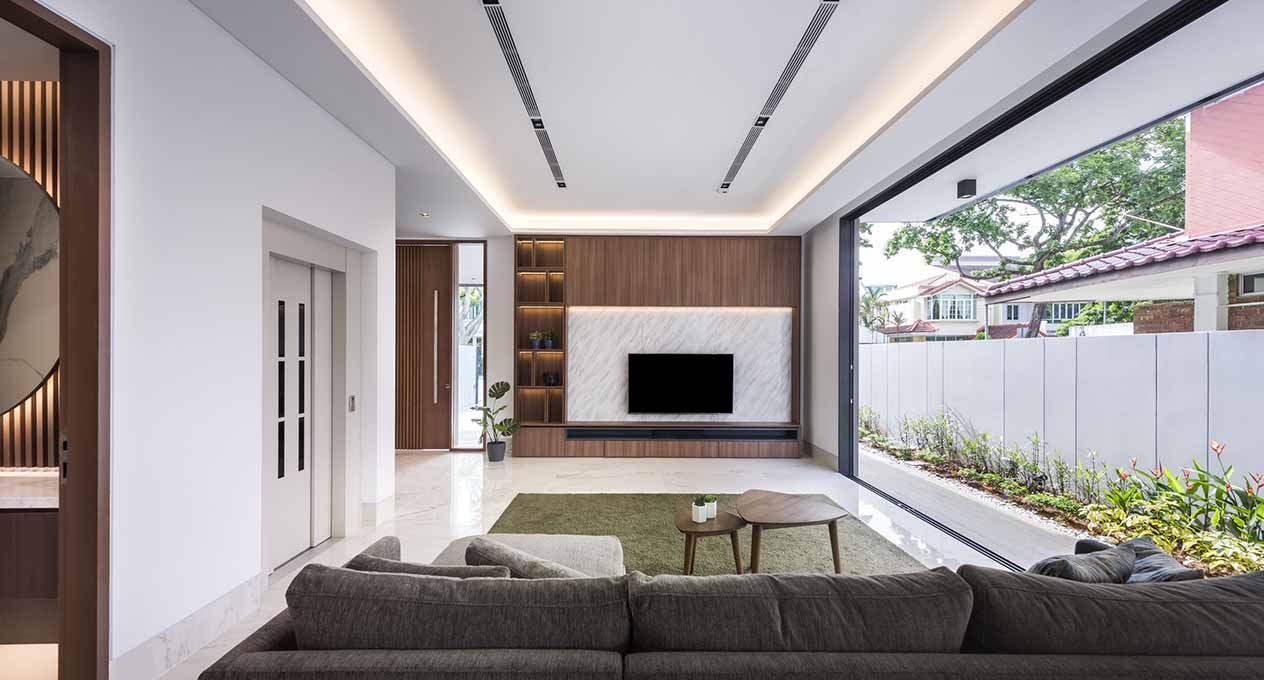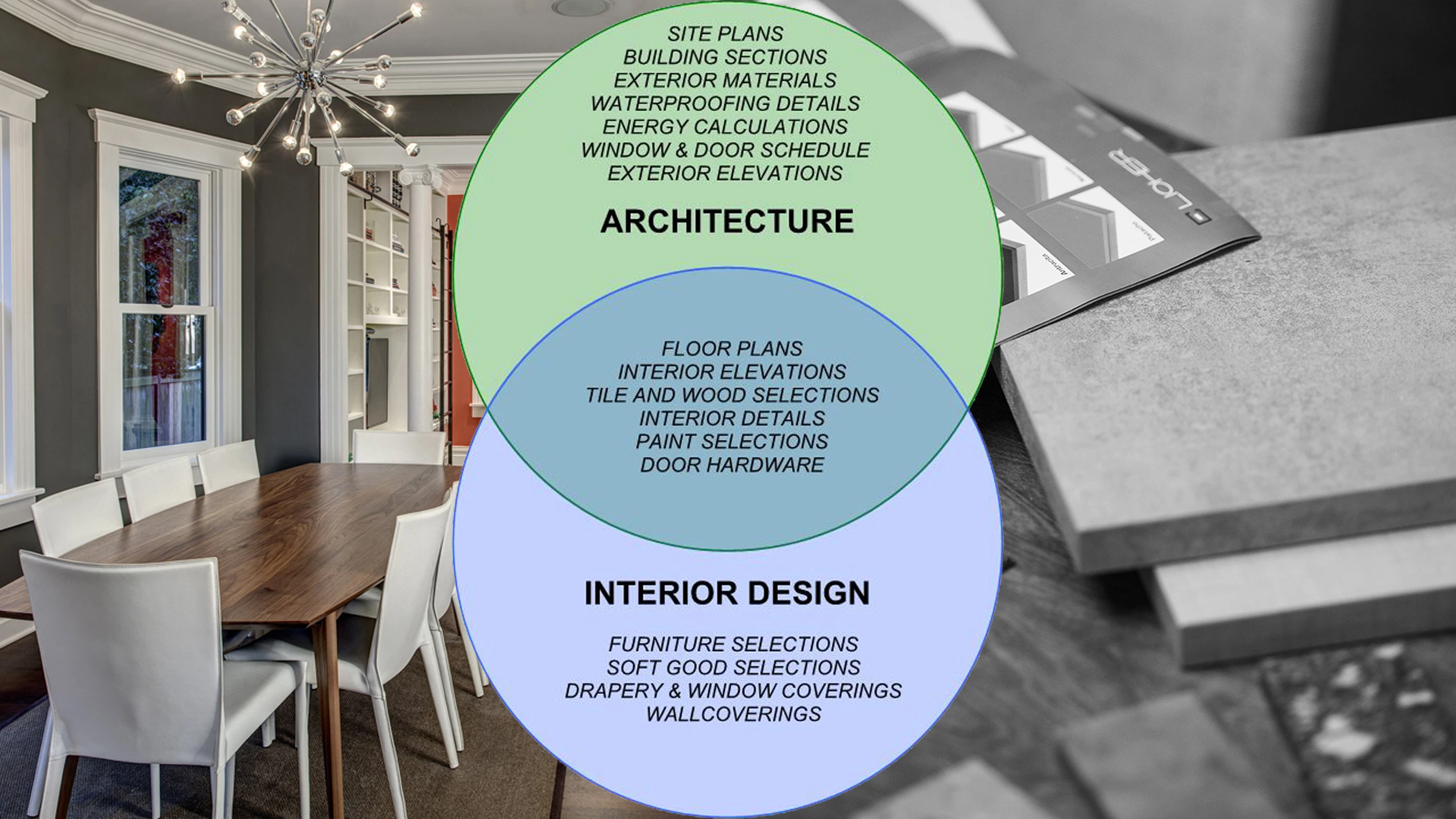Elevate Your Home with a Skilled Experienced Architect in Winchester Near You
Wiki Article
The Art of Balance: Exactly How Interior Design and Home Engineer Collaborate for Stunning Results
In the world of home style, striking a balance between aesthetic appeals and performance is no small feat. This delicate balance is accomplished through the harmonious collaboration in between indoor designers and designers, each bringing their special proficiency to the table. Stay with us as we discover the ins and outs of this collaborative procedure and its transformative effect on home style.Recognizing the Core Distinctions In Between Interior Decoration and Home Style
While both indoor style and home style play crucial roles in developing visually pleasing and practical rooms, they are inherently different disciplines. It deals with the 'bones' of the framework, working with spatial measurements, load-bearing walls, and roof styles. On the other hand, indoor design is much more worried with improving the sensory and visual experience within that structure.The Synergy Between Home Style and Inside Layout
The harmony in between home architecture and Interior Design depends on a common vision of layout and the enhancement of practical aesthetics. When these two areas line up harmoniously, they can change a living space from common to phenomenal. This collaboration calls for a much deeper understanding of each discipline's principles and the ability to create a natural, visually pleasing atmosphere.Unifying Design Vision
Linking the vision for home style and Interior Design can create an unified living space that is both functional and visually pleasing. The balance starts with an incorporated mindset; architects and interior developers work together, each bringing their competence. This unison of concepts forms the style vision, a blueprint that overviews the project. This common vision is vital for uniformity throughout the home, making sure a fluid shift from outside design to interior rooms. It advertises a synergistic approach where architectural aspects complement Interior Design components and the other way around. The outcome is a natural living area that reflects the homeowner's lifestyle, preference, and personality. Thus, unifying the style vision is vital in mixing architecture and Interior Design for magnificent outcomes.Enhancing Useful Aesthetic Appeals
Exactly how does the harmony between home architecture and Interior Design enhance practical visual appeals? This synergy allows the creation of rooms that are not only aesthetically attractive but additionally comfortably usable. Engineers prepared with their architectural layout, guaranteeing that the room is functional and efficient. The interior developer then enhances this with very carefully chosen aspects that enhance the aesthetics without jeopardizing the functionality. This harmonious cooperation can result in homes that are both livable and attractive. As an example, a designer may develop a home with high ceilings and big home windows. The indoor designer can after that emphasize these attributes with high plants and large curtains, specifically, thus improving the visual appeal while preserving the practical advantages of natural light and spaciousness.Importance of Cooperation in Creating Balanced Spaces
The cooperation in between indoor designers and designers is pivotal in creating balanced rooms. It brings harmony in between layout and design, providing birth to rooms that are not only cosmetically pleasing however additionally useful. Checking out successful collaborative methods can supply understandings into exactly how this synergy can be successfully achieved.Integrating Layout and Architecture
Equilibrium, an important aspect of both Interior Design and design, can just absolutely be achieved when these two areas operate in harmony. This harmony is not simply a visual factor to consider; it influences the performance, toughness, and ultimately, the livability of a room. Inside architects and developers must understand each other's functions, appreciate their know-how, and communicate successfully. They have to take into consideration the interaction of structural elements with design, the flow of rooms, and the influence of light and color. This joint procedure leads to a cohesive, balanced layout where every element contributes and has a function to the overall visual. Balancing design and design is not just about developing beautiful rooms, yet concerning crafting areas that function flawlessly for their occupants.Effective Collaborative Methods

Situation Researches: Successful Integration of Style and Style
Taking a look at numerous instance research studies, it becomes obvious exactly how the successful assimilation of indoor style and design can change a room. Architect Philip Johnson and interior designer Mies van der Rohe worked together to produce a harmonious balance between the structure and the inside, resulting in a seamless circulation from the outside landscape to the internal living quarters. These instance studies highlight the profound impact of a successful layout and design partnership.
Getting Rid Of Obstacles in Layout and Architecture Collaboration
Regardless of the obvious advantages of a successful cooperation between indoor style and architecture, it is not without its difficulties. Architects might focus on structural stability and safety, while designers concentrate on comfort and design. Reliable communication, common understanding, and concession are important to conquer these difficulties and achieve a unified and successful partnership.
Future Trends: The Progressing Connection Between Home Architects and Inside Designers
As the world of home layout remains to develop, so does the relationship between architects and interior developers. The fad leans in the direction of an extra incorporated and collective method, breaking devoid of traditional functions. Architects are no longer only concentrated on structural integrity, however also take part in enhancing visual allure - Winchester architect. On the other hand, indoor developers are welcoming technological facets, influencing general design and performance. This developing synergy is driven by developments in innovation and the expanding need for areas that are not only visually pleasing however sustainable and likewise functional. The future promises an extra natural, innovative, and flexible strategy to home layout, as engineers and developers remain to blur the lines, cultivating a relationship that really symbolizes the art of balance.Conclusion
The art of equilibrium in home design is achieved through the unified collaboration between indoor developers and engineers. Regardless of challenges, this partnership fosters development and development in style.While both indoor design and home architecture play vital duties in producing visually pleasing and practical spaces, they are inherently various self-controls.The harmony between home design and interior style lies in a common vision of view layout and the improvement of useful aesthetics.Linking the vision for home style and interior layout can create a harmonious living space that is both functional and visually pleasing. Hence, unifying the style vision is crucial in blending style and indoor layout for spectacular results.
Exactly how does the harmony between home style and indoor design boost functional visual appeals? (Winchester architect)
Report this wiki page